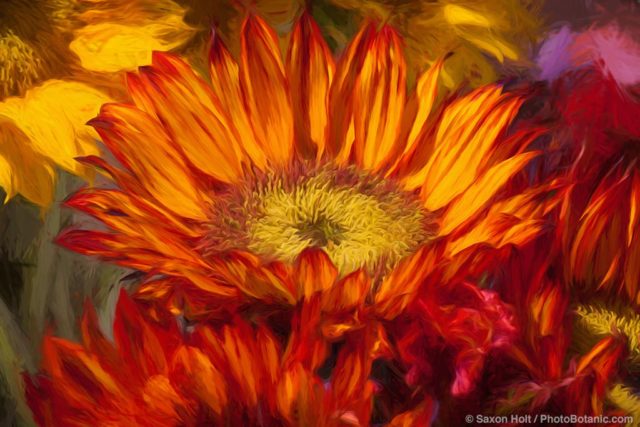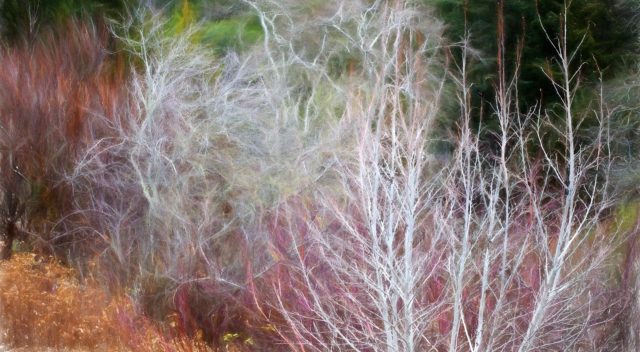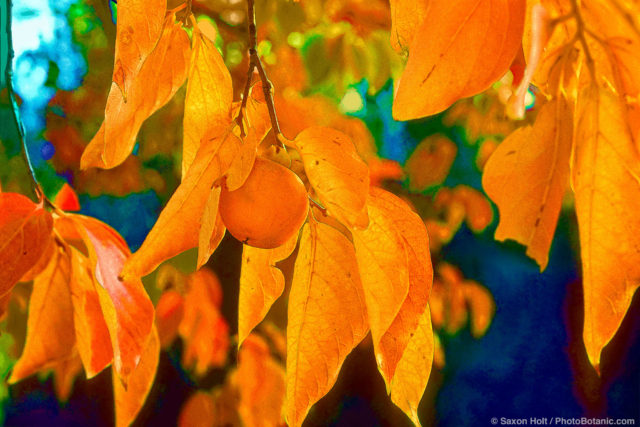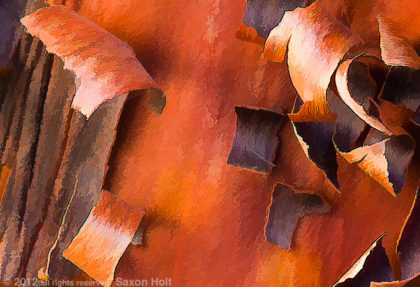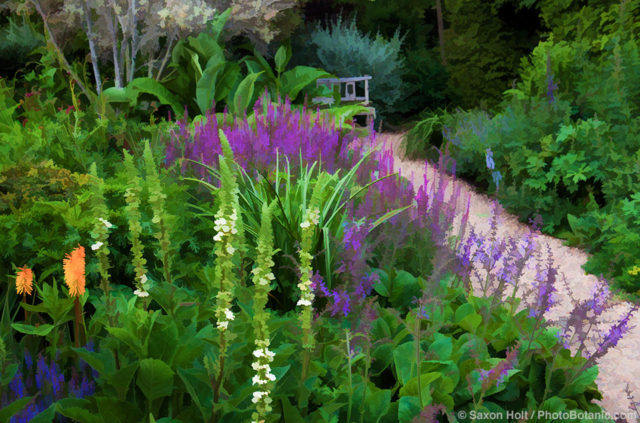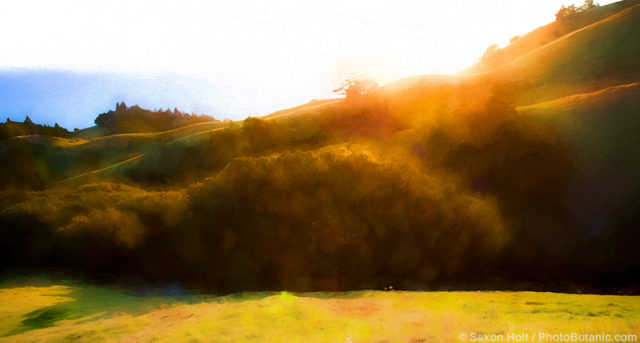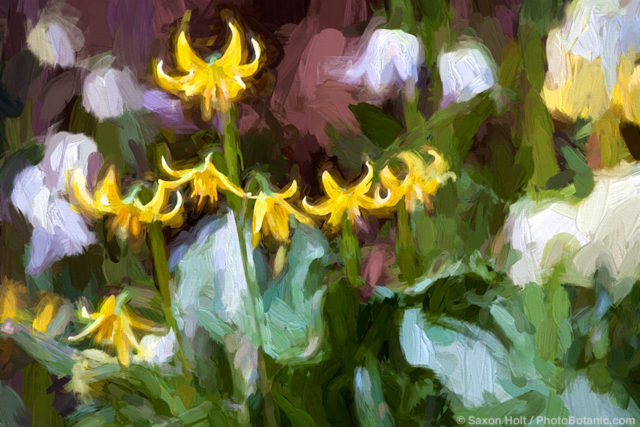“Plants are not art”. So began a provocative Facebook post by Benjamin Vogt.
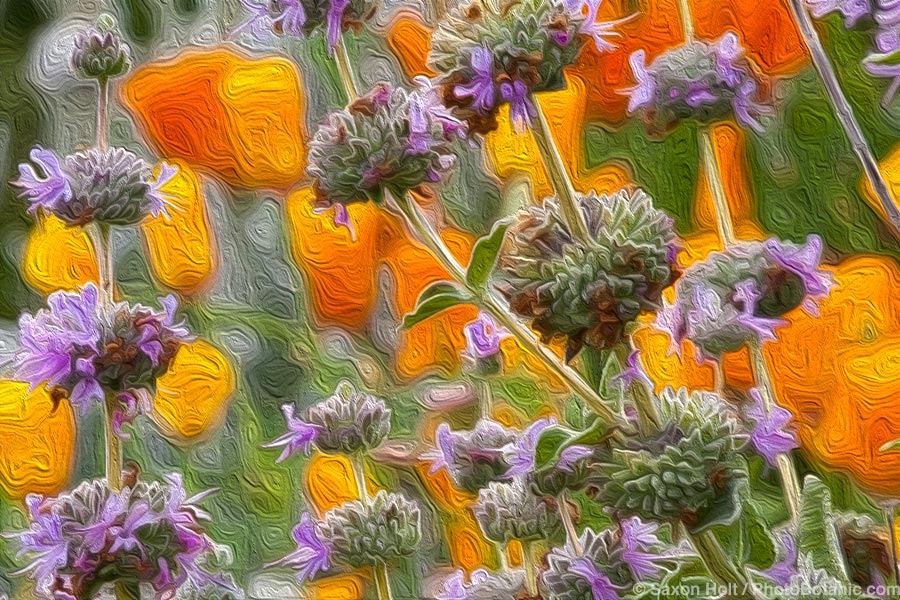
California purple sage, Salvia leucophylla ‘Point Sal’ in garden with California native plants in summer-dry, sustainable garden.
I did not have time to jump into the social media conversation that his post sparked, knowing I would say something too quickly, too passionately, or misunderstood.
Benjamin is a friend of mine and a friend of Gardening Gone Wild . His recent guest post here A 21st Century Garden Ethic created a great conversation pointing out we need to think about gardening for nature not for ourselves. He is a deep ecologist thinking deeply, but …
But of course plants are not art.
By definition art comes out of the human imagination. Plants care about as little for human imagination as do butterflies, or diamonds, or the clouds. But thank goodness humans care about them (for better and worse). Thank goodness we see beauty in the natural world.
Benjamin speaks deep ecology; beyond the shallow lip-service ecology we too often advocate to make us feel good. He wants us to understand that real beauty is not up to human interpretation. He is an important voice, advocating for a holistic, and sustainable approach to gardening that honors all living creatures in a world much more complex than most humans recognize or, sadly even care about.
Yes, we humans place too much superficial value in beauty and waste too many resources chasing aesthetics that has little value in nature, but let’s not deny that the beauty of plants can be as much a visual treat for humans as they are a feast for animals or companion for soil microbes. Indeed, an argument can be made, as did Michael Pollan, in The Botany of Desire that some plants have evolved to take advantage of our fascination with them.
I certainly will make no apology for my human weakness for plant beauty.
I will make no apology that I try to manipulate gardeners with the beauty of plants. The very fabric of my life’s work is to encourage gardeners to make thoughtful choices and have success, to show sustainable gardens can be beautiful. The best way to do that is to pander to the human interpretation of beauty.
Living and working in a summer-dry climate it is sometimes a struggle to overcome assumptions about garden beauty as seen in many garden publications. Here in California, green lawns are ugly. Here in summer, the native landscape starts to go dormant and bare. Still, plants are beautiful in all seasons if you care to observe.
If a photograph can show off a bit of eye candy and get us to observe them, more people than not will recognize the importance of honoring a plants true beauty within nature, and will engage in one of the biggest issues of our time – climate change.
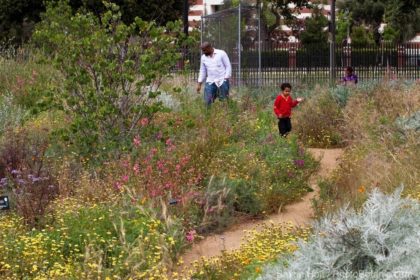
Family walking through pollinator garden of flowering California wildflowers at Los Angeles Natural History Museum
It is an issue that is impossible to ignore. Even climate change deniers recognize the issue – climate and ecology is in the news. Anyone who does the least bit of critical thinking understands humankind must work much better with nature rather than trying to ignore and conquer it.
Sustainable gardening practices may seem almost incidental to the larger planetary issues, unless one starts thinking of the entire planet as one garden, now touched everywhere by humanity.
There are certainly big, political disagreements on how we even define the issues around climate change. Geopolitical economic interests, worldwide social forces, and population pressures seem to overwhelm the conversation about who “owns” nature’s resources. The beauty of nature may seem inconsequential, as it surely is, to the billions of people who struggle just to survive, but to those who have some influence on the shape of gardens to come, the art of plants is important.
Just recently, the American Society of Landscape Architects issued A New Landscape Declaration: Visions for the Next 50 Years, a sweeping call to action to “address the serious issues of air, water, food, and waste in developing countries”. While landscape architects are not usually considered plant geeks they certainly understand plants as part of their art form. More importantly, ASLA members are in positions to affect change and they are thinking of the entire world as a single garden, a single landscape that must be preserved.
So in this way too plants are art, part of a human of formula for preservation.
Whether a plant knows it is beautiful to humans or not, it certainly is, in some way, in some season. In whatever way we use plants to define art, our lives are enriched and our planet can be saved.
I most certainly agree with Benjamin that ultimately we must understand a plant does not care if we think it is beautiful, it has a higher calling. But it is the humans who are destroying the earth and we need to convince humans that plants are vital to our survival.
If it is a trick to say plants are beautiful, that they inspire humans, to please take care of them; then I will do all I can to call attention.

Dried flower stalks of Mullein with Canada Rye grass and Coneflower in Midwest Prairie.
If I use a bit of art to embellish my message, I make no apologies in defense of plants. 😉

